What does a concerto taste like? Several months ago, during a post-concert cocktail gathering with members of my orchestra, audience, board, and staff, I began talking with one of the bartenders and wondered aloud if he thought he could capture the essence of a violin concerto in a cocktail. My goal was to offer the cocktail as a device to explain, entice, and invite people to listen to a newer violin work with an open mind and heart.
A cocktail like this is really a drinkable metaphor for how to approach the concerto. It’s new and with that comes the unknown, which can be scary or enticing. But you quickly find out that the varying ingredients work in a surprising way, much the same way the concerto works. In both cases, sharing the experience of trying something new with friends ultimately heightens the experience.
“That is a great challenge!” said Nathan Herron of Easy Bistro in Chattanooga. The next week I went back to Easy Bistro and played Nathan a recording Jennifer Higdon’s Violin Concerto. He took copious notes, sometimes asking questions, sometimes lost in thought with his eyes closed.
Three weeks went by and one day out of the blue I received an email from Nathan: “The Higdon cocktail is ready.”
A small group of Chattanooga Symphony & Opera friends joined me to test the drink. Nathan gave us a detailed explanation of his inspiration for the cocktail creation. First of all he shared his thoughts on the musical work:
“The overall impression of the piece was a listener could be pushed to a boundary, but in a good way. I was stretched to the point of almost tipping over, but never completely. There were amazing textures and a freshness in the piece that was new and different, but familiar at the same time.”
Nathan explained how the ingredients of the drink interacted with each other and how they complimented each other. It was strikingly similar to how a composer would choose to orchestrate a work.
[box]
Uncle Val’s Botanical Gin.
This citrusy gin was chosen because of the immediate fresh bouquet that embraces the nose. Between the fragrance and freshness, this gin represented the brightness, freshness, pungent yet radiant chords and energy of the concerto.
[/box] [box]
St. Germain
An elegant addition to the gin, this was added to marry the various flavors while toning down the gin somewhat. Similarly, there are many points in the concerto where various instruments lay under the solo line and help to blend the phrasing.
[/box] [box]
Absinthe:
There is a tendency for customers to balk at the thought of absinthe in a drink. Early stories of poisoned absinthe or horrendous hallucinations gave absinthe a bad name and bad rap. But times have changed and the addition of absinthe, while possessing a false sense of risk, is actually delightful in a cocktail. This very familiar to people in the classical music industry. People routinely balk at 21st century music due to a bad experience or a wrong piece at the wrong time.
[/box] [box]
Egg White
Another ingredient that people sometimes balk at is egg white. Nathan explains that some bars will leave off this ingredient in menus simply because it doesn’t sound like it belongs. And when people see a bartender adding egg white to a drink, they sometimes look uncomfortable as if to say: “Are you sure about adding that?”
But the egg white, when added to the ingredients of the drink and shaken vigorously for ten seconds, creates a rich frothy foam. So to Nathan, the egg white’s purpose in this particular cocktail was two-fold. It was a delicate, light and pleasant texture that captured the very opening of the concerto’s ethereal sound, but also it represented another way that risk was involved by using an ingredient that caused question in some minds.
[/box] [box]
Lemon and Lime Squeezes
This was a supporting flavor to the gin Nathan selected. Both lemon and lime notes could be found in the gin, but adding the squeeze of each added an element of bite without overwhelming any other flavor. Once again, the lemon and lime reflected an abrupt and direct freshness represented in some of the concerto’s feistier chords.
[/box] [box]
Ginger Syrup
A house made ginger syrup tops this cocktail. Easy Bistro makes their own ginger syrup using ginger and black peppercorns. Nathan was specific with the purpose, pointing out that the ginger cuts the citrus so nothing gets too overwhelmed. Plus, he added, “It adds another fun layer of flavor.” This final note added in the drink is similar to the how the concerto makes you feel after it’s performed, leaving you with a good taste in your mouth.
[/box]
The drink is served in a “Speak Easy” glass, looking nice, allowing the customer to see the beauty of the drink, and sharp angles at the top direct the nose to get the optimal scent upon first bringing the glass to the lips.
One additional item Nathan shared with me really hit home. Much like a special piece of music that draws one back to a point in time, a particular memory, or a feeling, a cocktail can offer the same journey. A taste or smell can instantly transport one to a similar memory or particular point in time. And in creating this cocktail, Nathan wanted to create something vaguely familiar yet intriguingly new. Much like the Higdon Violin Concerto!
It was fascinating watching this drink come to life. Even more fascinating was hearing the piece through someone else’s ears. I had no idea what a Higdon cocktail would taste like or what form it might be imagined, but after trying one, I can’t think of any other combination of ingredients.
Come to Easy Bistro in Chattanooga and order up your Higdon cocktail. Feel how it sits on your tongue, how the flavors come to their own in your mouth. Enjoy the light and frothy egg whites, and enjoy the spark the ginger leaves you with. Then remember all of those flavors and textures and come to the Chattanooga Symphony & Opera concert March 12th 2015. It is a cocktail for your ears in much the same way Nathan’s creation is a cocktail for your taste buds.
Cheers!
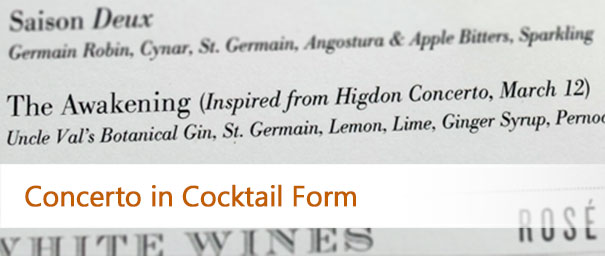
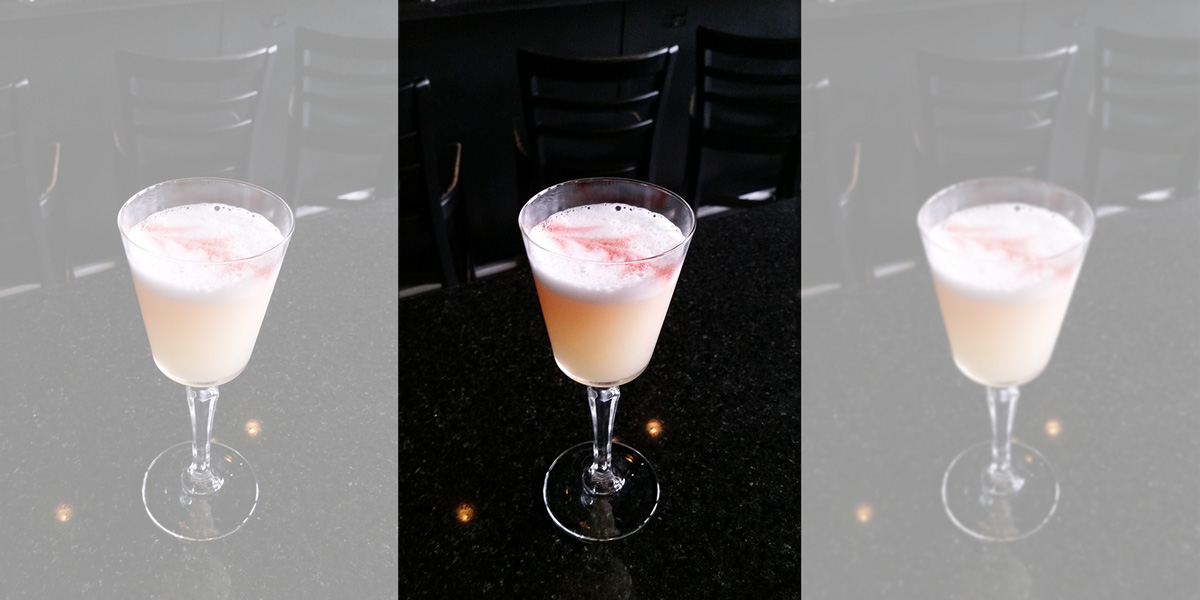


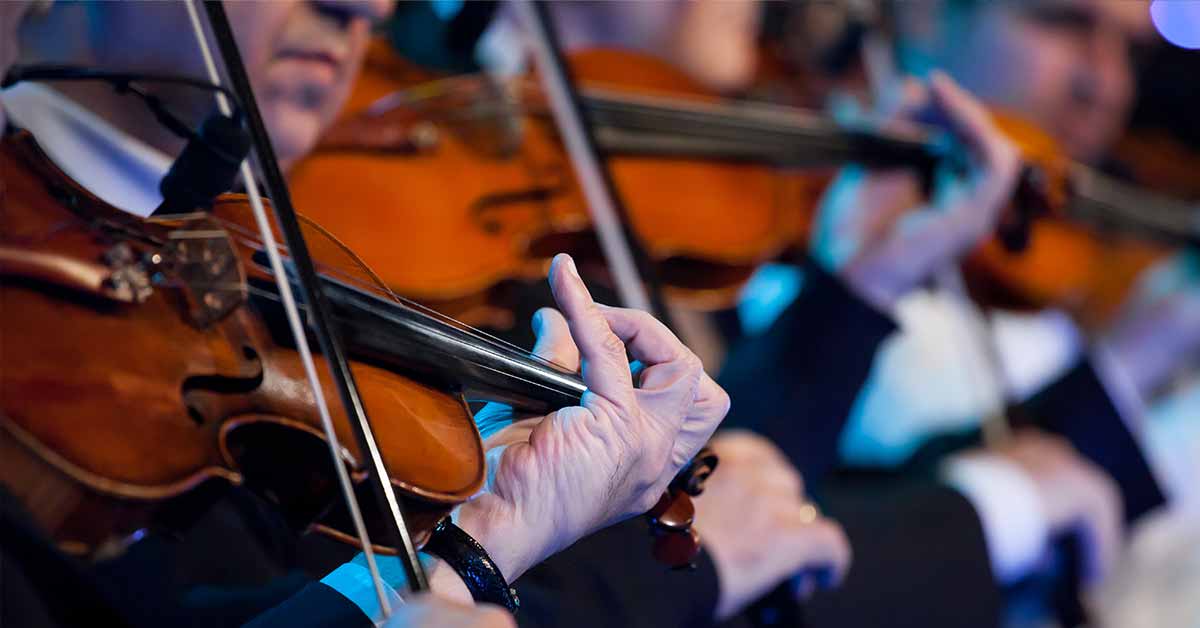
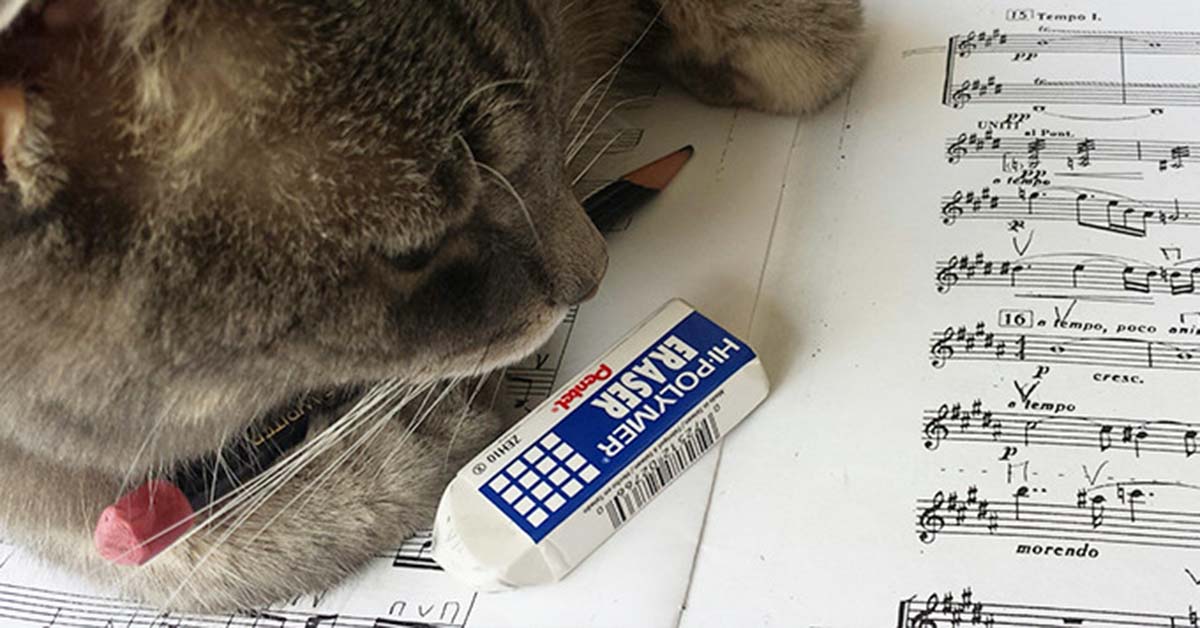
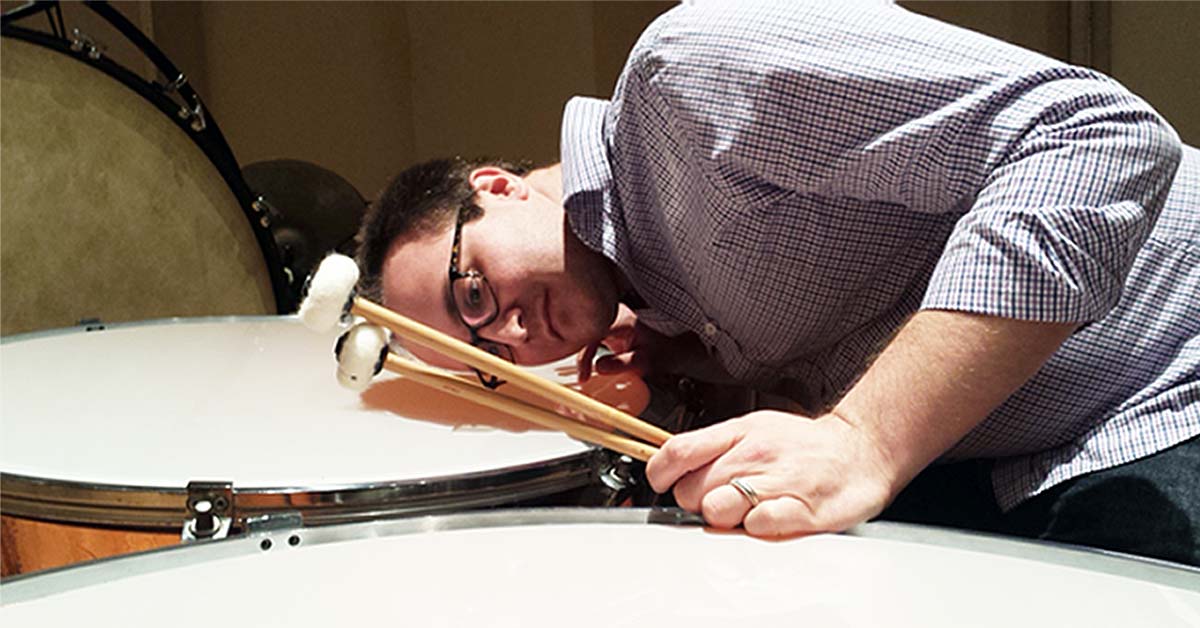



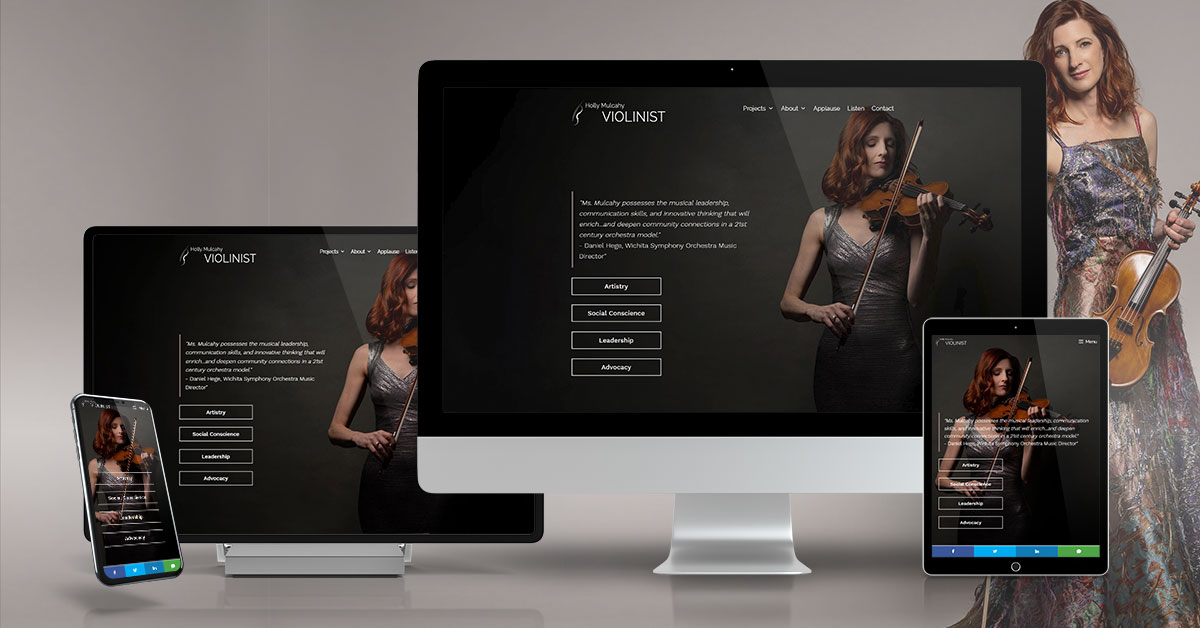

I am enticed, intrigued and attracted, by the cocktail AND the concerto. Bravi tutti.